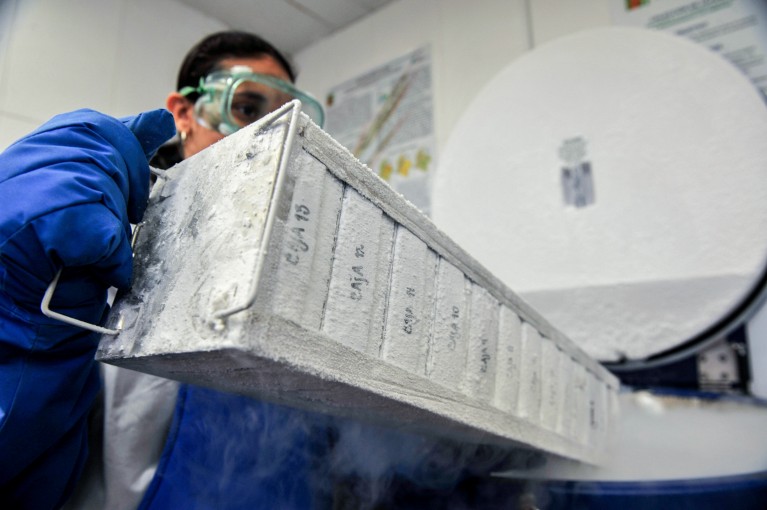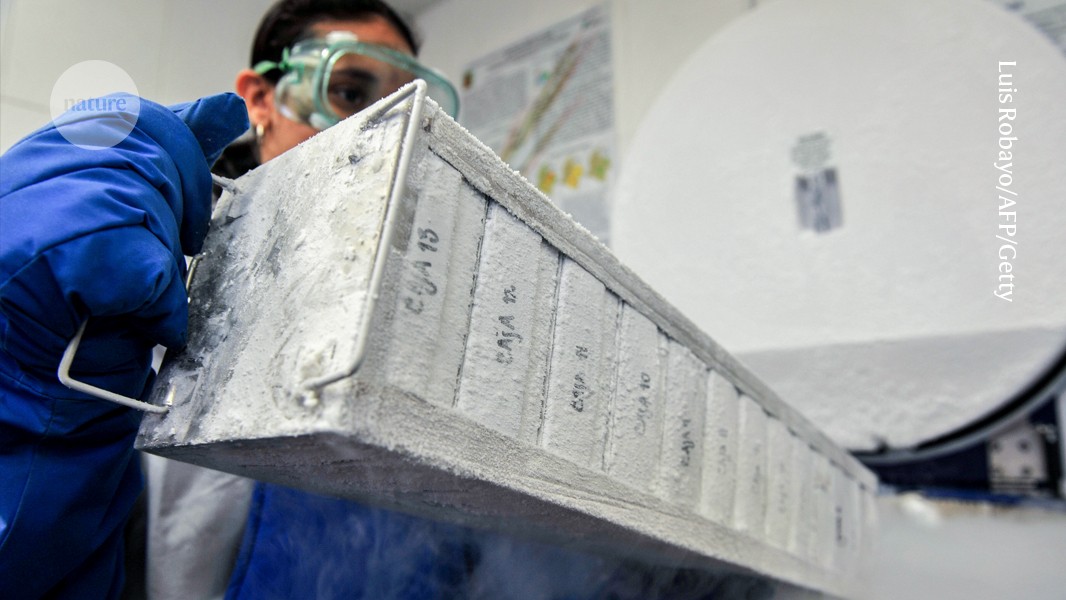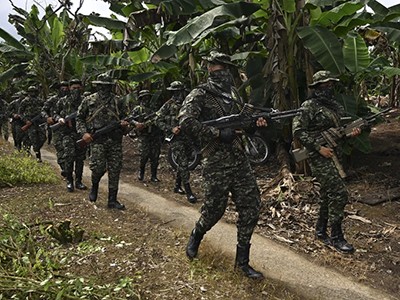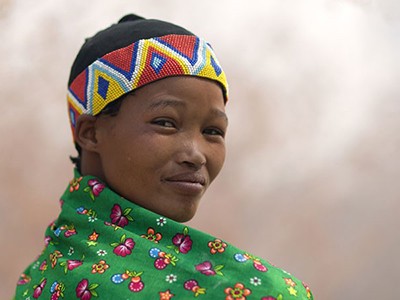
Samples of Colombia’s plant and animal species are housed at the Alexander von Humboldt Biological Resources Research Institute in Bogota. How to equitably share the benefits of digital genetic-sequence information relating to such samples remains unresolved.
Credit: Luis Robayo/AFP/Getty
Next week, national delegates, including scientists, will meet in Cali, Colombia, for the United Nations COP16 meeting on biodiversity. Boosting the low levels of finance available for biodiversity conservation is high on the agenda, as is trying to tie up some unfinished business that goes back more than three decades. The hope is that negotiators will finally reach an agreement on how lower-income countries can better share in the benefits that stem from their resources — including any monetary benefits deriving from non-human genetic data.
Yet even at this eleventh hour, an agreement on the sharing of these data is some way from being ready. The principle of equitable benefit-sharing is not in question, but more time is needed to bridge gaps between different perspectives on how to implement it. Those gaps will, in turn, be bridged only if policymakers can commission a programme of research to help answer some crucial questions. Researchers globally fear that rushing to finalize the agreement risks putting barriers in the way of the current practice by which researchers are able to quickly share genetic-sequencing data, which are the lifeblood of many scientific fields and are crucial to public health, particularly during health emergencies.
Conservation policies must address an overlooked issue: how war affects the environment
The history of these efforts stretches back to the start of the biodiversity convention, which was signed at the Earth Summit in Rio de Janeiro, Brazil, in 1992 (see
go.nature.com/3y0xs7q
). A pledge made at that time for more equitable sharing of biological resources eventually led to the Nagoya protocol, which became international law in 2014 (see
go.nature.com/3ab4q9g
). This obliges researchers at universities and corporations in countries that are party to the UN convention to ensure that they have obtained all the necessary permissions when using non-human genetic material from another country. For companies, there is an added requirement to share profits from any commercial products that arise from such work.
But the Nagoya protocol applies only to physical samples. Many low- and middle-income countries (LMICs) are rich in biodiversity and have been pushing since at least 2016 to expand the definition of non-human genetic material to include digital sequence information (DSI). This is the subject of the 11-page text that is due to be discussed at the Cali meeting (see
go.nature.com/3nscyd4
).
The text’s authors — who include researchers representing governments from different world regions, Indigenous people and representatives of UN organizations — agree on several fundamental principles. These include the need for there to be an agreement on DSI data, as there is for physical samples; for the agreement to respect the rights of Indigenous peoples; and for the agreement to be consistent with the principles of open data and not hinder research and innovation. Moreover, anyone benefiting financially from DSI should contribute a fraction of the benefit to a fund to protect biodiversity.
The next 20 years of human genomics must be more equitable and more open
But the document also contains some 200 items in square brackets — meaning that there are around 200 things on which the authors still disagree. Among them are how to define DSI (there is no agreement on whether it covers one or all of DNA, RNA and proteins); whether this information should be deposited in existing or new databases; how to define a sequence’s country of origin, including whether this is even possible; where permission should be obtained from or how benefits should be apportioned if there is no single country of origin; whether payments should be mandatory; and whether all countries or only rich nations should be liable to pay.
These are tricky questions, but they are not unanswerable. What is needed to resolve them is dedicated independent research. Such research is thin on the ground (
A. H. Scholz
et al. Nature Commun.
13
, 1086; 2022
), and policymakers need to commission it so that they can be better informed about the different options being proposed. A document as incomplete as that due to be discussed at Cali is not one on which good decisions can be made.
COP16 delegates will also discuss the lack of progress countries have made
in finalizing biodiversity action plans
. One reason for this is a lack of finance. Researchers estimate that between US$700 billion and $1 trillion is needed annually. However, in 2022, only around $26 billion went into conserving species and ecosystems, according to a report published last month by the Organisation for Economic Co-operation and Development (see
go.nature.com/3ub1mqg
), a group of wealthy nations. Although some of what is available is in the form of grants, a lot of it comprises loans, which need to be repaid — with interest.
Global lessons from South Africa’s rooibos compensation agreement
Some of the DSI agreement’s proponents see it as at least part of the answer to boosting biodiversity financing in the countries that most need it. But it is likely to disappoint — as experience with the Nagoya protocol, a comparatively simpler device, shows. In the decade since it came into force, there are few recorded examples of corporations paying local communities for the use of their biological resources. Although in 2019, tea manufacturers compensated South Africa’s Khoi and San communities for using their knowledge on rooibos tea without acknowledgement, this agreement took years to realize and only happened because the
South African government pushed the companies to pay
.
Next week’s meeting in Cali is important. For delegates from LMICs, such events are among a vanishingly small number of forums where their voices are equal to those of richer, more powerful nations. And the whole world has an interest in the project’s success.
The case of the omicron variant of the SARS-CoV-2 virus offers a valuable reminder of why some form of benefit sharing from DSI is necessary (
R. Viana
et al. Nature
603
, 679–686; 2022
). Researchers in Botswana and South Africa who discovered it rapidly alerted the world and shared its sequence. This knowledge was used in the manufacture of vaccines — vaccines that
could have saved many more lives
had they not reached many African countries too late. And this example also raises yet another issue — that the discussion at Cali ought to include other international bodies, most notably the World Health Organization.
Most importantly, before an agreement is reached on DSI, much more work needs to go into answering the questions contained in those 200-odd sets of square brackets. What no one needs is a rushed mechanism that risks the knowledge sharing on which research and public health depend.





